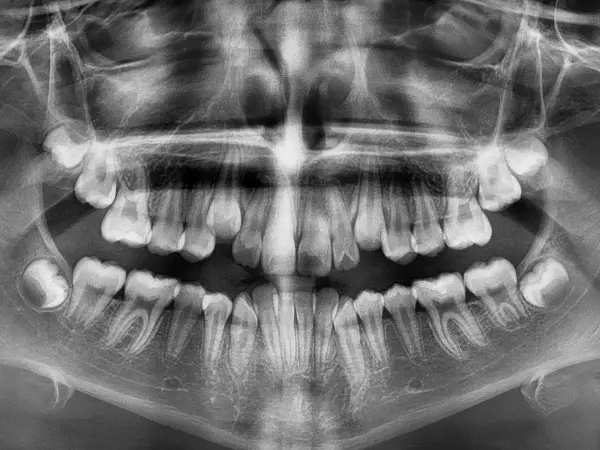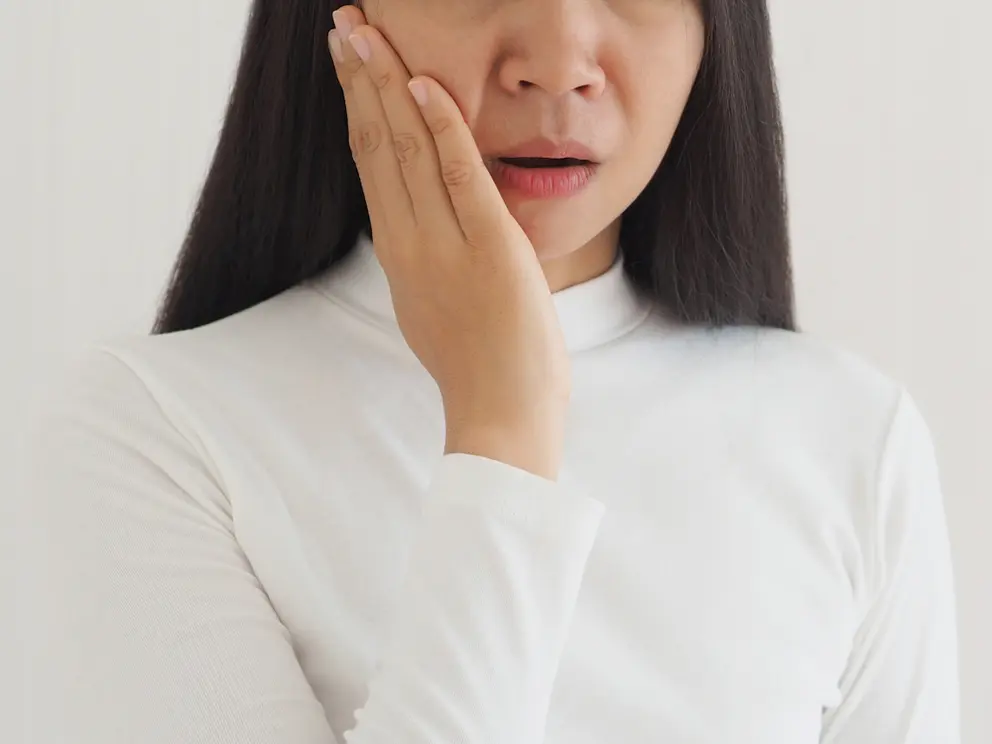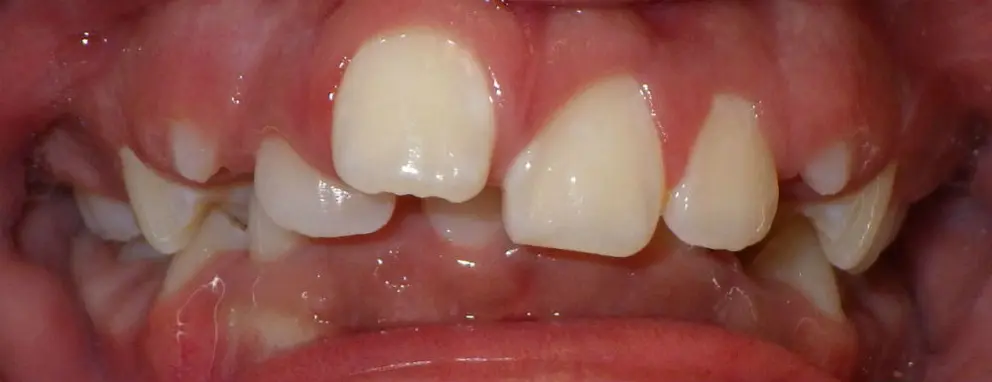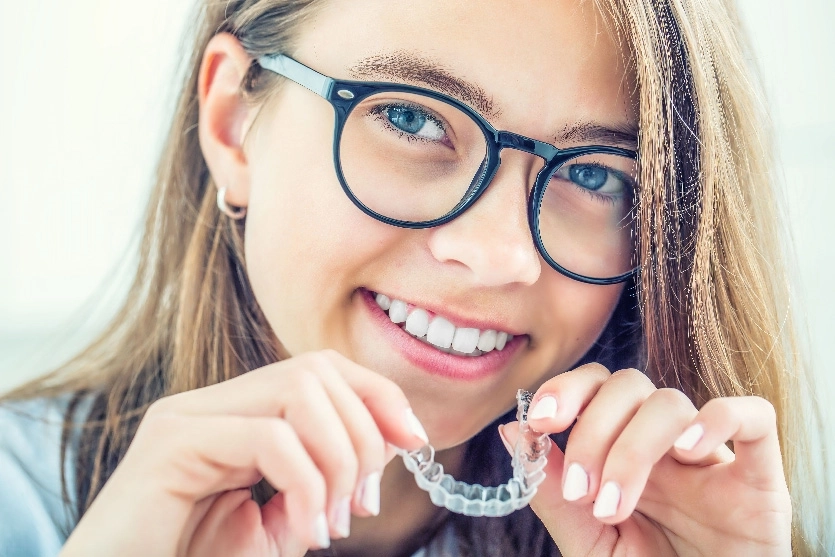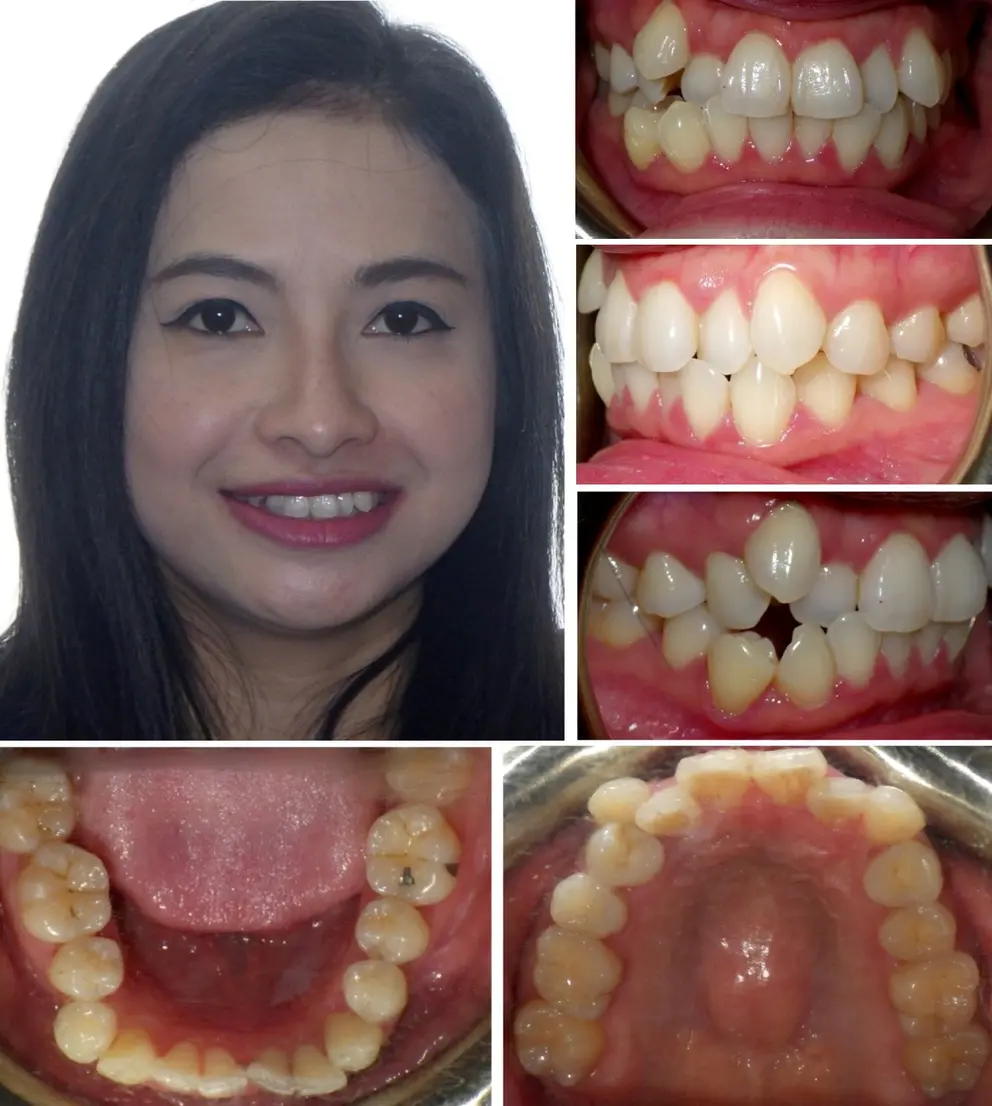
What is Crowding? Symptoms, Treatment Options, FAQs, and More
When the mouth does not have enough space for all your teeth, it can lead to crowding.
Dental crowding is a type of malocclusion – or “bad bite” – that occurs as a result of this problem. Rather than grow into their correct positions, when the teeth do not have enough room, they will grow in unnatural positions, trying to find a space to grow in competition with other teeth. This can lead to crooked, crowded teeth that don't line up properly.
Dental crowding is a common orthodontic concern and thus is treatable with braces and Invisalign with supervision by licensed, experienced orthodontists. There is a wide spectrum of crowding, and each unique case can be addressed with careful care from an in-office orthodontist.
This guide is designed to help you understand more about dental crowding: what it is, why it’s important to treat, how to correct it, and more. We’ve attempted to answer all questions about dental crowding – but you can always ask your licensed orthodontist for answers as well!
